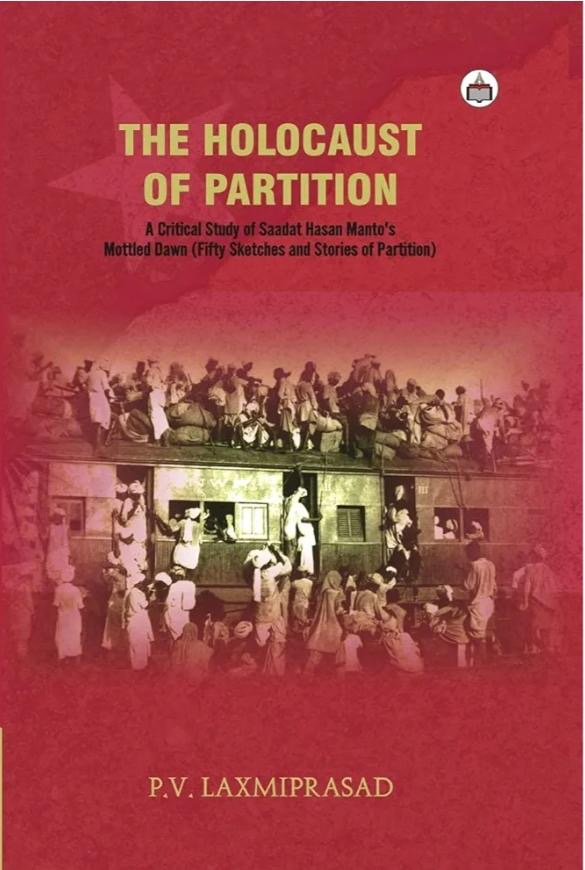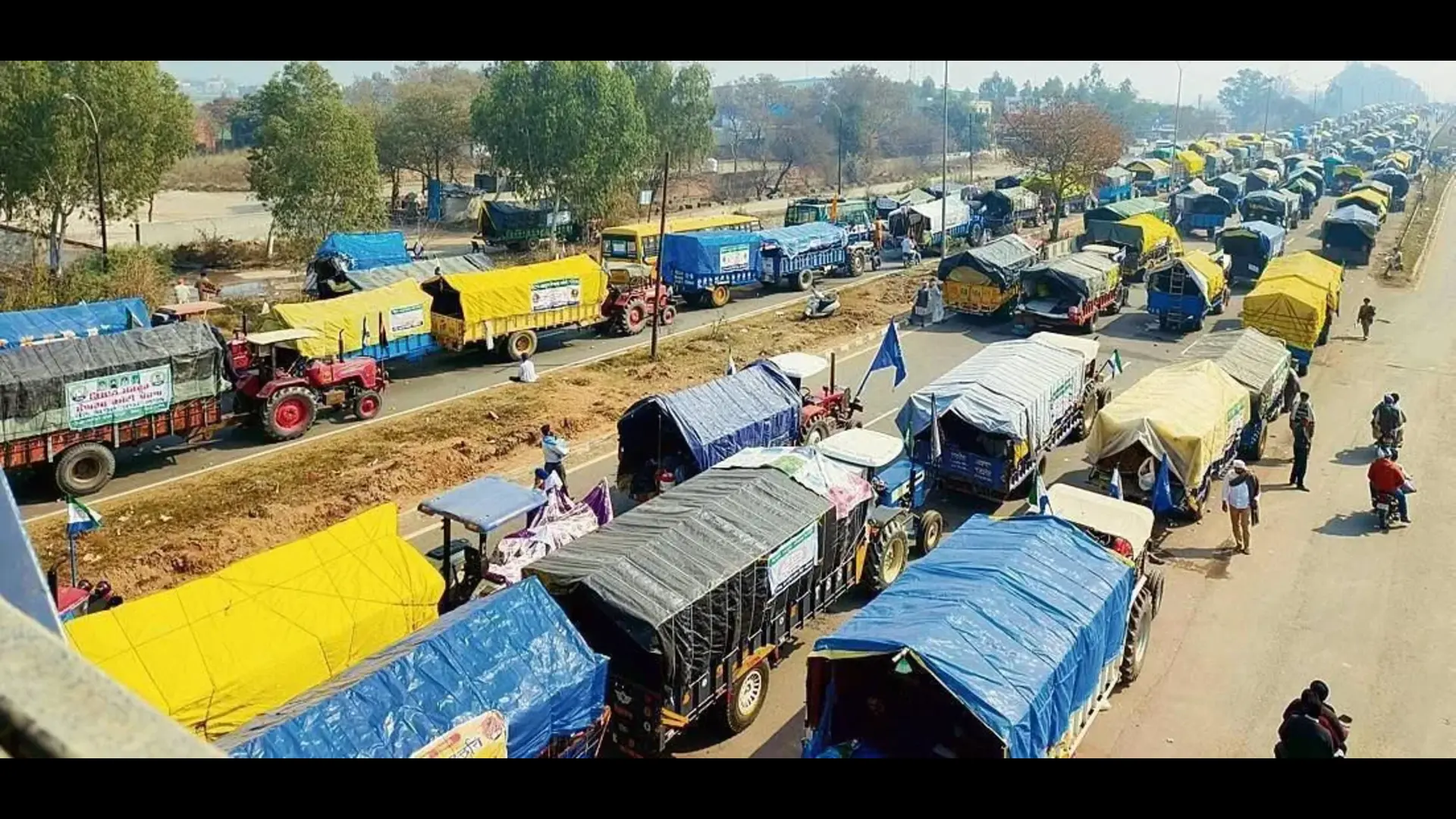PV Laxmiprasad is the author of this critical book on Saadat Hasan Manto’s Mottled
Dawn (Fifty Sketches and Stories of Partition).This critical study consists of Manto’s most
powerful writings on the tragedy of Partition and the traumatic displacement of the
subcontinent in India and Pakistan of 1947. Infact, it is a classic on Partition literature in
which Manto includes iconic stories like “Toba TekSingh”, “Colder than Ice”, and “The Dog of
Tirwal”. His startling reflections on violence, horrors of partition are at once lively, catchy and gripping in narration and presentation. This authored book by Laxmiprasad is an
authoritative collection on Partition literature which delves into the psychic and traumatic
episodes that followed the horror of Partition.
Laxmiprasad recollects how Saadat Hasan Manto wanted this historical tragedy to be
remembered through the Partition. In this work, there are sketches and stories in the
collection. A sketch is a rapidly executed drawing and it serves a number of purposes. The
Two-Nation theory was an important development through which India has partitioned in
1947. “The Fifty Sketches and Stories of Partition” were originally written in Urdu by
Mantoand later were translated into English by Khalid Hasan.Laxmiprasad observes that the
settings and characterizations are typically reflective of life in 1947.
Behind all the trauma of devastation and brutality, Saadat Hasan Manto presented those experiences as an observer and later as a writer. One would ever remember as good a story as “Toba Tek Singh” which had ensured for itself a place of its own in literature. The Sketches bring out the enormity of the tragedy set in motion by the great divide. They are deeply ironic and poignant. Infact, Mantobegins the story with nostalgic kind experience as “A couple of years after the partition of the country, it occurred to the respective governments of India and Pakistan that inmates of lunatic asylums like prisoners should also be exchanged. The perplexing question of citizens was at stake and the citizens were immediate victims. Through this character Manto presentsthe pain and grief of millions of people on either side, thus focusing on the relationship between India and Pakistan.
“The Return” is one of the touching stories written by Mantoand presents the bleak picture
involved in the freedom movement. It really shocks the readers that if freedom carries with it such atrocities and cruelties, then what is freedom and who is the real independent being. His heartrending stories filled the eyes of the readers with tears and the readers became the witnesses of those horrors. Manto chooses the metaphor of a woman to highlight the gang rape of humanity that became later a hallmark of 1947. In “The Assignment”, Laxmiprasad finds the theme of conflict, fear, loyalty, trust and betrayal. Muslims living in Hindu localities began to leave for safer places. And Hindus in Muslim majority areas followed suit.
Thus, the story which was set in Amritsar in 1947 focused on the interdependencies on Sikhs and Muslims who once lived in good neighborhood.
In conclusion, this critical book by Laxmiprasad traces out the most inhuman element that
triggered the hostile relationships between India and Pakistan. The juxtaposition of one story and one character against another startles not because of clear binary which were set up but rather because the characters react with equal vulnerability and aggression shifting between the roles of a perpetrator and victim. It is a supplement to scores of books on Partition literature.






